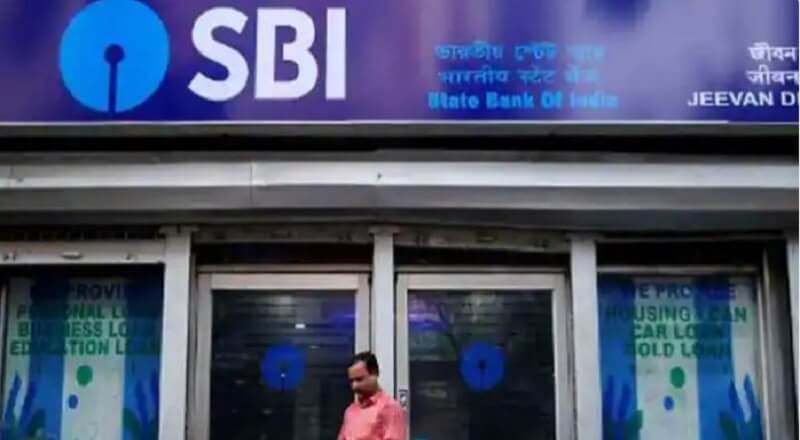The State Bank of India (SBI) is the most recent bank to increase its home loan and fixed deposit interest rates following the 35 basis point increase in the repo rate by the Reserve Bank of India (RBI) to 6.25 percent. SBI Customer need to pay more EMI, SBI home loan rates hiked from today.
SBI has raised loan interest rates (namely MCLR, EBLR, RLLR) with effect from December 15, 2022. In what would upset millions of SBI home loan borrowers, India’s largest lender State Bank of India (SBI) has hiked MCLR rates effective from today 15 December 2022.
SBI has announced that it has hiked its benchmark lending rates and MCLR from December 15 by 35 bps and 25 bps across tenures. SBI Marginal Cost Of Funds Based Lending Rate (MCLR) With Effect From – 15.12.2022. Tenor-wise MCLR effective from 15th December, 2022 is as under:
It may be noted that effective 01 December 2022, major banks ICICI Bank, Punjab National Bank (PNB) and Bank of India have hiked marginal cost of funding-based lending rate (MCLR) across all tenors. While ICICI has hiked the MCLR rates by 10 basis points, PNB and Bank of India have hiked rates by 5 and 25 basis points. A 100 basis point is equal to 1 percent.
According to the SBI website, regular home loans come with a minimum interest rate of 8.90 percent for borrowers with credit scores of 800 or above (EBR+0 % 8.90%). In this instance, there is no risk premium. The risk premium is based on the CIBIL score; the lower the credit score, the greater the rate of the risk premium.
Borrowers should prepare for more increases in loan interest rates as experts predict that the central bank will raise policy rates in the future. A borrower can choose to extend the loan’s term if they are unable to make the increased EMI payments.
Also Read: Schools and colleges 15 days holiday from next week
Prepaying the loan amount is an alternative choice. The amount still owed on the loan will decrease if the borrower is able to prepay a portion of it. The bank will once more compute the EMI based on the remaining loan balance. This is the EMI that the borrower will be responsible for paying up until the interest rate is increased once more.


Comments are closed.